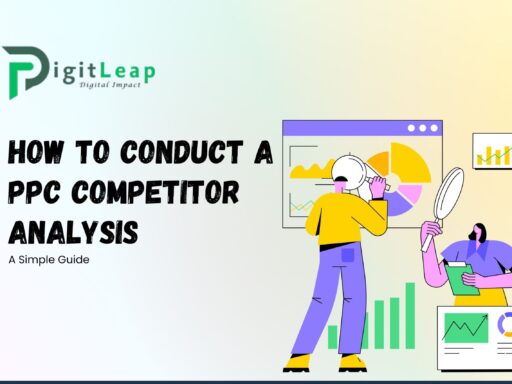The 5 D’s of Digital Marketing: A Comprehensive Guide for 2025
Digital marketing continues to evolve at an incredible pace. In 2025, staying ahead means embracing a holistic approach that integrates every aspect of your online strategy. The “5 D’s” framework offers a simple, yet powerful, way to organize your digital marketing efforts. Let’s explore what these 5 D’s are and how they can help you achieve success in 2025.

1. Digital Devices
In today’s world, consumers interact with brands across a variety of devices—smartphones, tablets, laptops, and wearables. As mobile usage continues to dominate, optimizing your content for various screen sizes and ensuring a seamless user experience across all devices is crucial. A responsive design and fast-loading pages not only enhance user engagement but also boost your search engine rankings.
2. Digital Platforms
Digital platforms are where your audience spends their time. This includes social media networks, search engines, e-commerce sites, and other online communities. Your strategy should focus on selecting the right platforms for your brand and tailoring your content to fit the unique characteristics of each one. Whether it’s engaging storytelling on Instagram, professional insights on LinkedIn, or targeted search campaigns on Google, each platform offers unique opportunities to connect with your audience.
3. Digital Media
Digital media encompasses the content you create and share—blogs, videos, podcasts, infographics, and more. In 2025, high-quality, engaging content is more important than ever. Your media should not only entertain and inform but also drive conversions. Emphasize creativity and authenticity to capture your audience’s attention. Use data insights to continuously refine your content strategy and ensure it resonates with your target market.
4. Digital Data
Data is the backbone of any successful digital marketing strategy. Collecting, analyzing, and leveraging data allows you to understand your audience better and make informed decisions. From tracking website behavior to measuring engagement on social media, digital data helps you fine-tune your campaigns for maximum impact. Focus on key performance indicators (KPIs) such as click-through rates, conversion rates, and return on investment (ROI) to continually improve your marketing efforts.
5. Digital Technology
Emerging digital technologies such as artificial intelligence (AI), machine learning, and automation are reshaping the marketing landscape. These tools help you personalize customer experiences, optimize ad spending, and predict market trends. Integrating these technologies into your strategy allows you to work smarter, not harder—freeing up time to focus on creative strategy and innovation.
Conclusion
In 2025, the future of digital marketing lies in the seamless integration of these five pillars. By focusing on digital devices, platforms, media, data, and technology, you can build a comprehensive strategy that reaches your audience wherever they are, delivers personalized experiences, and drives measurable results.
Embrace the 5 D’s to unlock new opportunities and propel your digital marketing strategy forward in this exciting, ever-evolving landscape.






